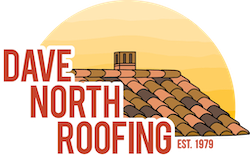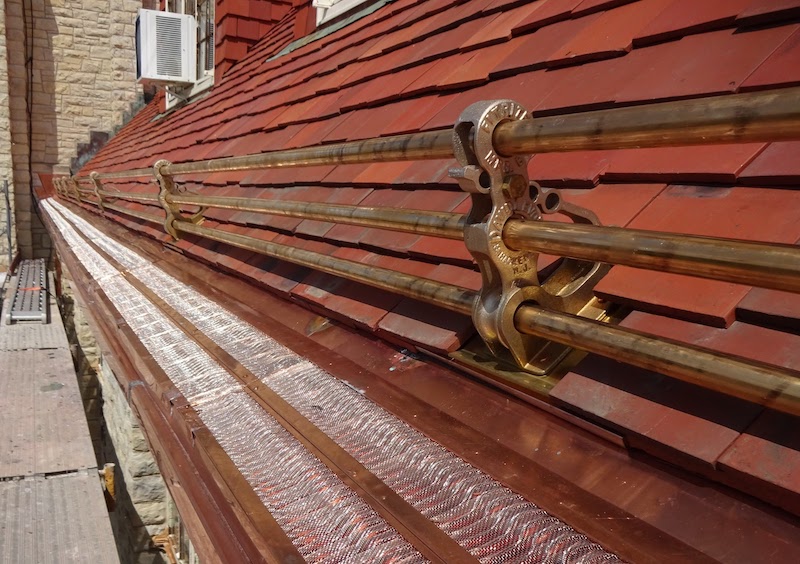
Ice Dams & Heating Cables
To prevent ice from forming to begin with roof and gutter heating cables can be installed along the lower edge of the roof. Snow guards keep melting snow and ice in place after they are installed among slate or tile.
Read More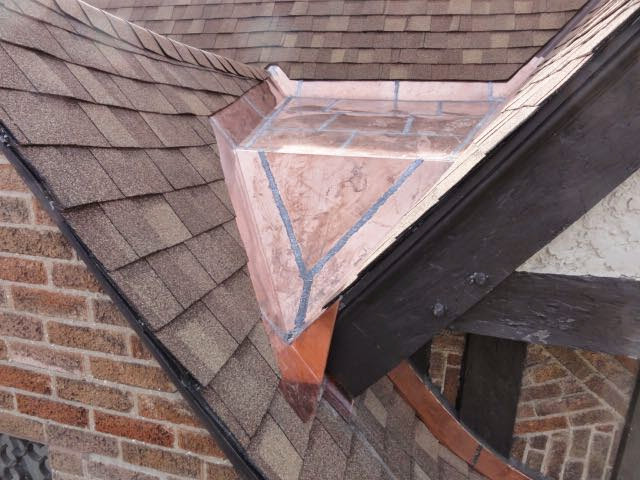
Copper Flashings
By using copper, and most importantly, soldering the joints, you are able to finish the details with the finest materials and methods available.
Read More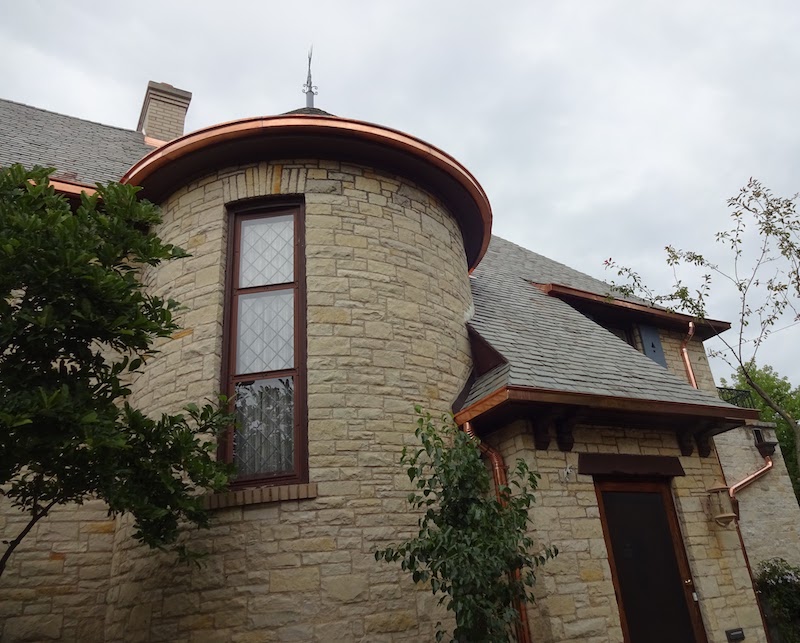
Copper Gutters
Rubber and aluminum are both poor solutions for replacing built in gutter liners. The originals would be either copper or tin with soldered seams. The replacements should be 20 oz. copper with soldered seams.
Read More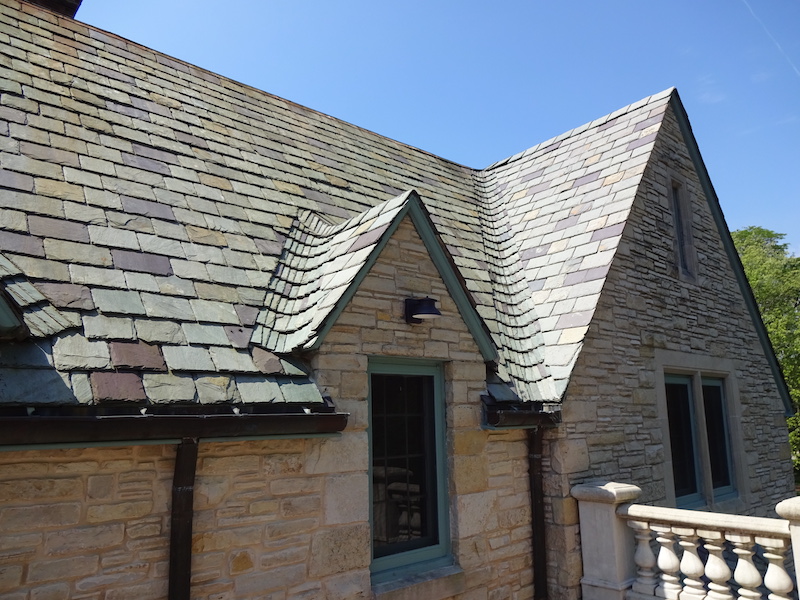
Matching Old Slate or Tile
We have a large inventory of reclaimed tile and slate that we’ve accumulated over our 39 years in business. The slate used on older homes is still quarried and available new.
Read More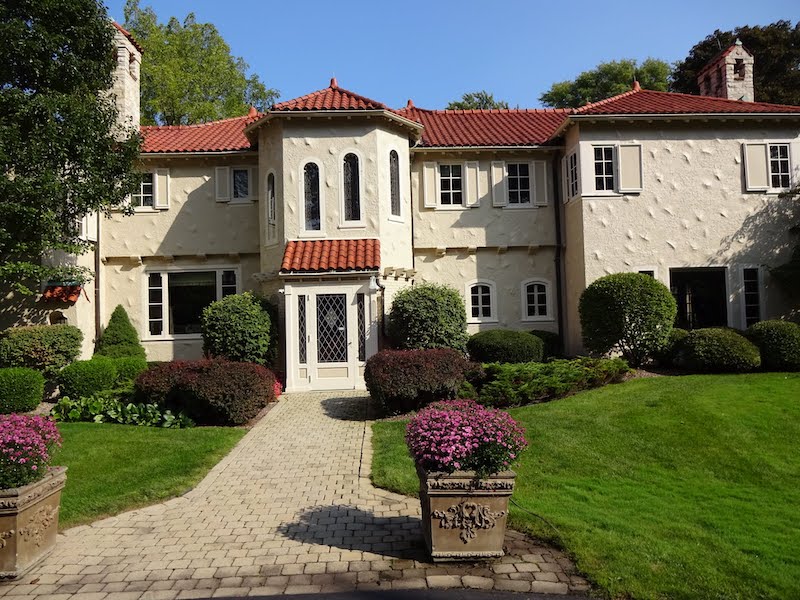
Inspecting Older Tile & Slate Roofs
We offer roof inspection and evaluation services for prospective buyers. For a fee we will do a roof top inspection, take photographs, and detail any areas that need repair.
Read More
